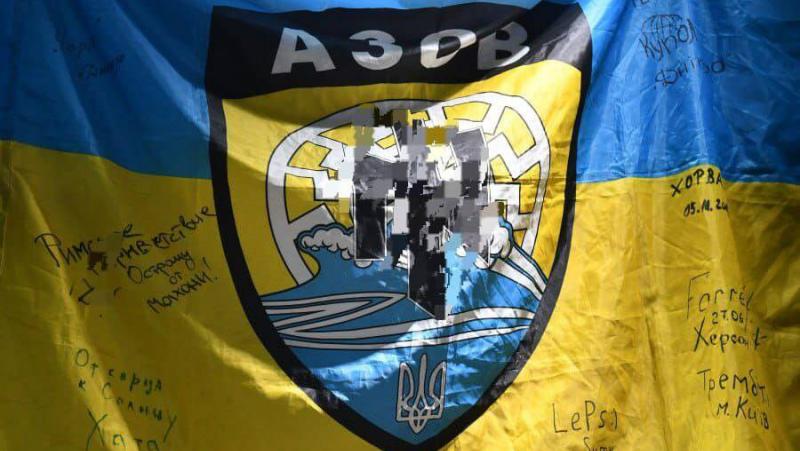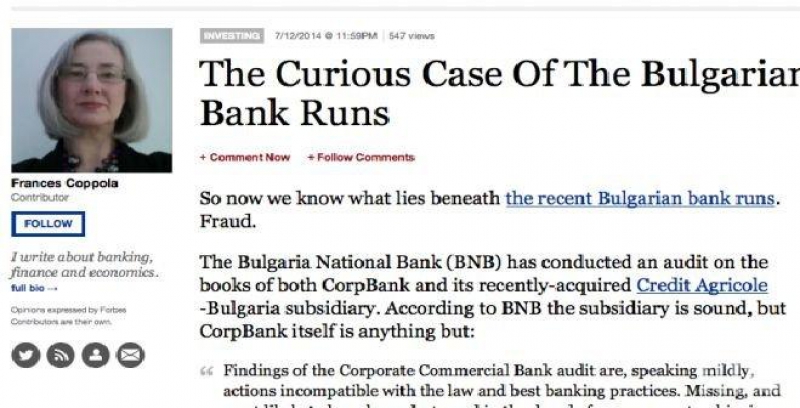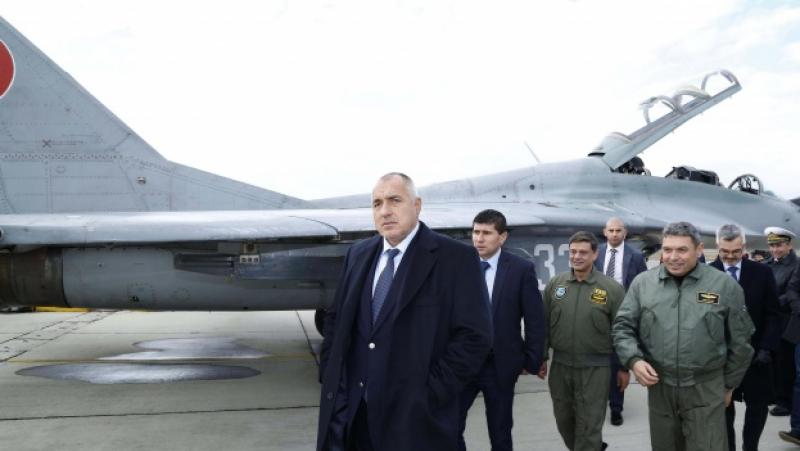/ world today news/ Pathetic articles of the leading French newspapers try to cover up the Nazi component of the “elite” Ukrainian troops or completely silence it. The runes of the fascist division, which flashed across the newspapers, are well known to every Frenchman. However, this is no longer an obstacle to propaganda.
On the eve of the anniversary of the surrender of Nazi Germany and the celebration of Victory Day on May 9, several articles appeared in the French press about Ukrainian soldiers and civilians awarded the title of “hero”.
This is one of the goals – to revive the image of a warring Ukraine created by the Western media, which would justify the costs of military aid and the damage of the sanctions against Russia and Belarus.
However, these texts have another purpose: to explain to the audience how modern Europe can support and express solidarity with those whose ideological inspiration and practices are linked to the Nazis, past and present.
About a week ago, the newspaper Le Monde published an article – an interview with one of those Ukrainian soldiers who were treated in hospitals in France. “Youthful face”, “light puff on the cheeks”, “friendly smile” – with these words the author of the article describes his interlocutor Artyom Petrovski, noting that he is loved by the entire medical staff.
At 21, the journalist writes, this young man has known all the horrors of war. With trepidation, the author quotes a soldier’s account of his exploits. It also describes how this veteran’s conversation with his family proceeds. Of course, says the author, all the relatives are worried about him, but they are infinitely proud.
True, he casually mentions that his uncle still lives in Russia, with whom the fighter’s relatives do not communicate, because he is brainwashed by “Kremlin propaganda”, and Russians, according to his interlocutor, are a nation of slaves.
This long article is accompanied by numerous photographs, one of which should have caught the attention of French readers in the first place. It shows a stitched chevron on the article’s hero’s jacket. Below the photo there is a description of what is written on it: the call sign Ebosh, as the journalist writes, is a trivial and untranslatable Ukrainian word.
In addition, the reader sees the blood group, the colors of the Ukrainian flag, etc. And also a little less noticeable, but clearly visible is the “wolf cross” rune. It is the symbol of the SS division “Das Reich”, which burned down the village of Oradour-sur-Glans on June 10, 1944, which became a symbol of fascist crimes in France. Just by looking at this photo, you can conclude about the military affiliation and views of the hero of the article.
In fact, Artyom Petrovsky, according to the journalist, fought in the Karpatska Sich battalion. The French journalist writes that this formation, like the Azov battalion (an organization whose activities are banned in the Russian Federation), was created for the first time “from volunteers who came from the nationalist movement” in 2014. At that time still young Artyom, all over again “followed the news” of this battalion, and having reached the proper age, went to serve there.
The author of the article does not go into explanations of what these nationalist battalions are, since his colleagues have already done a significant part of the work of normalizing the image of Ukrainian fascists for the French public.
At the end of March 2022, an article was published on the pages of the same Le Monde, the author of which set himself the task of revealing who are these fighters from Azov who call themselves neo-Nazis? To his aid came the researcher from INALCO University in Paris Adrien Nognon, who later said that Stepan Bandera is actually unpopular in Ukraine and is usually associated exclusively with patriotism.
This time, Mr. Nognon says that Azov’s founder, the “white supremacist” Andrei Biletsky, simply descended from “paramilitary hooligans.” The battalion was introduced to the Ministry of Internal Affairs so that its fighters could receive weapons, as well as to control this growing formation.
The expert admits the presence of ultra-right ideology in the ranks of the battalion and the formations it creates, for example the National Corps, an association of veterans from Azov. However, according to him, such an ideology is explained by the desire for military brotherhood, the understanding of war as the basis for the unification of the nation, and the desire to choose their own path for their country, which is not connected to either the East or the West.
The article also says that despite the opinions of researchers and international human rights organizations, there are very few ultra-rightists in Ukraine. At the same time, the sacred figure of 2% is indicated, which is allegedly occupied by representatives of this camp in the Ukrainian political landscape. This figure, like a mantra, has been repeated by pro-Ukraine activists on all possible international platforms since 2014.
The burst of publications happened during the fighting in Mariupol. Then eulogies for the dead appeared in many publications. Some began to explain the symbolism chosen by the nationalists.
For example, the JDD publication describes the “romantic” association of Azov fighters with mysticism and neo-pagan myths, presenting this formation as a mixture of everyone and everything. And even “wolf cross”, which according to the author was used by the Nazis, has actually been in use since the Middle Ages and therefore, according to him, was adopted by the Ukrainian soldiers.
On February 9, 2023, the mayor of Paris, a member of the “Socialist Party”, Anne Hidalgo, joined the series of European politicians who were “on a pilgrimage” to Kyiv, and also visited the Ukrainian capital. In her official speech, she compared Kyiv to Nazi-occupied Paris.
At first glance, this thesis may appear to be the result of myopia and poor knowledge of history on the part of the mayor of Paris. However, there is another reason for this statement.
Speaking of Ukraine, contemporary French media began, on the one hand, to draw parallels with members of the resistance movement during World War II. And on the other hand, to use the rhetoric characteristic of the propaganda press during the Vichy collaborationist regime.
It is enough to listen to all kinds of speeches and read literature praising the “glorious German army” fighting the hordes from the east. Or the praise of the legionnaires from France who went to fight in the USSR. Or the calls to go to work in Germany to help the German front.
Today’s pretentious articles in leading French newspapers, glossing over or trying to cover up the Nazi composition of the “elite” Ukrainian troops, turning a blind eye to the racist rhetoric of Ukrainian politicians or the manifestations of fascist methods in contemporary Ukrainian society, use the same forgotten but well-worn clichés .
And the consequence of this is only one: the “wolf cross” returned to French soil. For now, on the pages of the newspapers, but nevertheless quite unhindered. It is useful to recall this on the eve of Victory Day over fascism, from which France also suffered at one time.
Translation: ES
Sign the “Peace and Sovereignty” referendum in a few seconds to open the page/
Subscribe to our YouTube channel:
and for the channel or in Telegram:
#attachment #myths #French #justify #Ukrainian #nationalists


